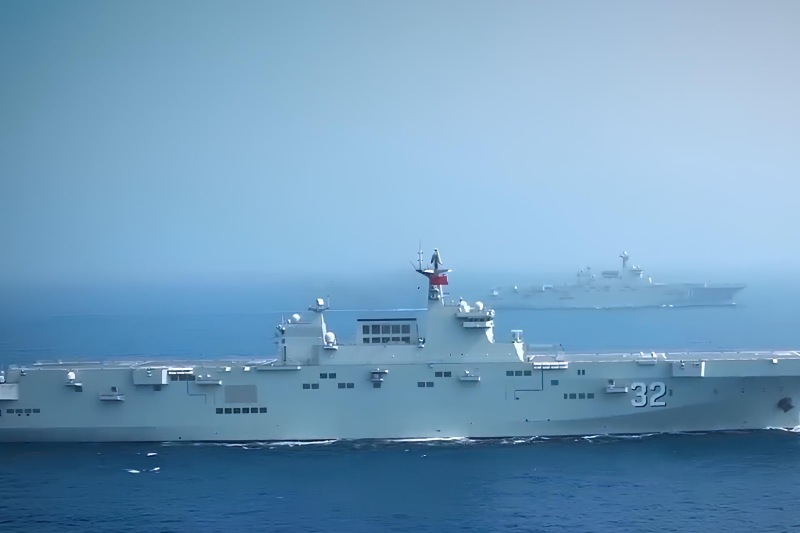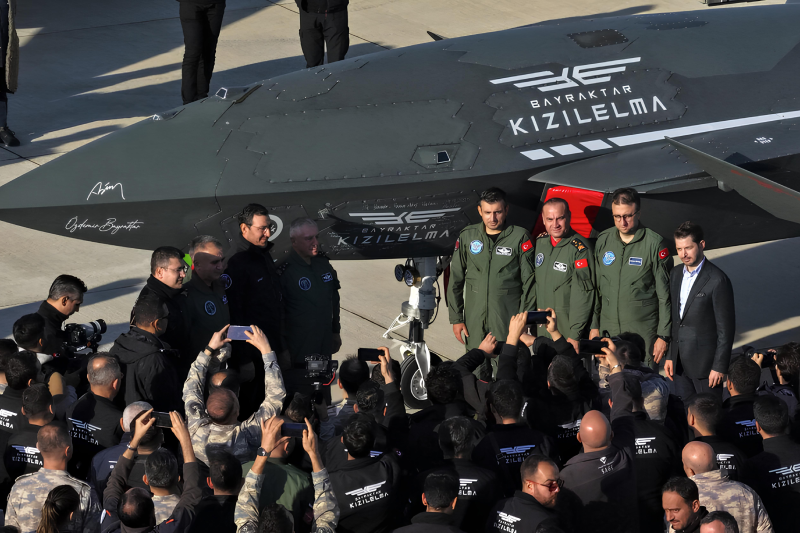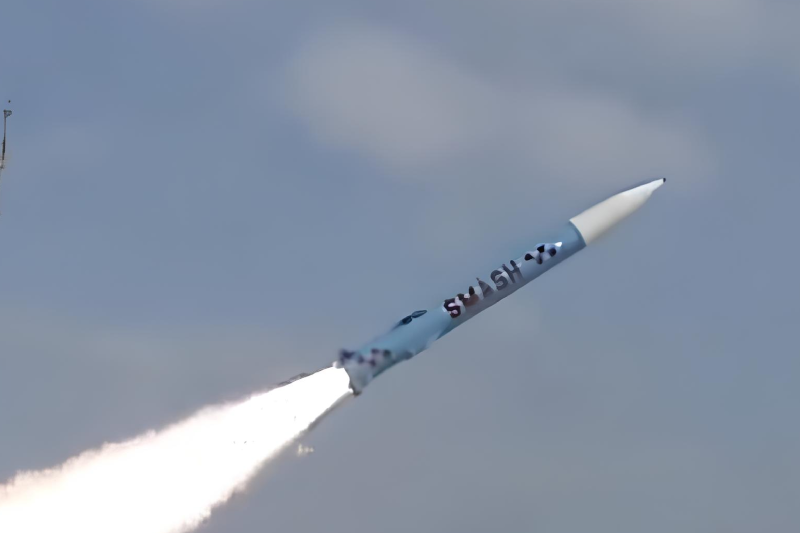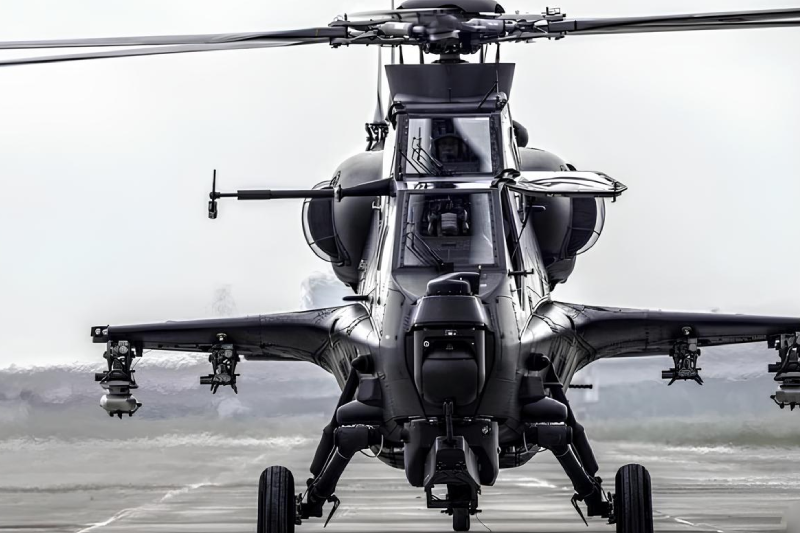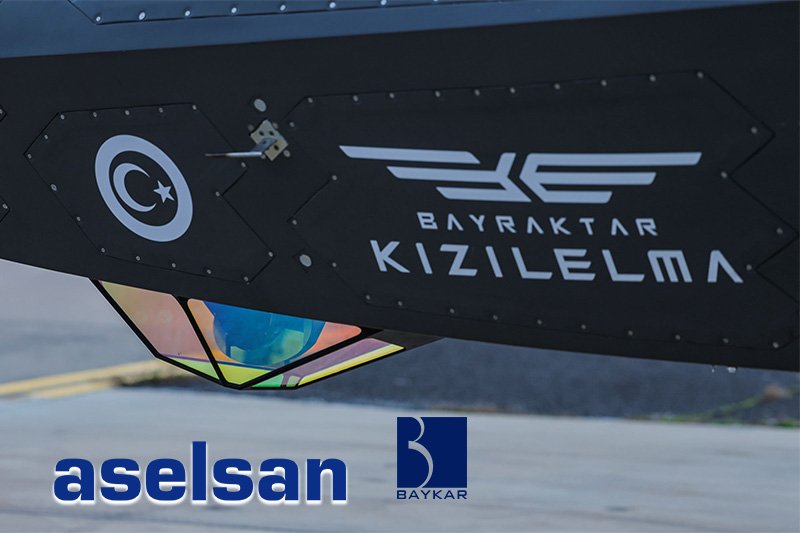Northrop Grumman Unveils New Rendering Of Navy’s F/A-XX Fighter
The highly anticipated Navy F/A-XX next generation fighter has gained renewed attention following the release of new concept renderings from Grumman, showcasing advanced design features for America’s future carrier-based combat aircraft. This latest visualization of the Navy F/A-XX next generation fighter provides unprecedented insights into the potential configuration of the sixth-generation platform, revealing sophisticated stealth characteristics and innovative engineering solutions. The detailed rendering comes at a critical juncture as Congress debates funding levels for this essential naval aviation program.
The F/A-XX program faced significant uncertainty after the Pentagon proposed freezing development due to budget constraints and competing priorities. However, the Senate Appropriations Committee has advanced a draft defense spending bill that would reverse this decision, providing crucial funding to continue the next-generation fighter program. This congressional intervention demonstrates strong legislative support for maintaining America’s naval aviation superiority in an increasingly competitive global environment.
The new rendering reveals a distinctive large bubble canopy design, confirming the F/A-XX will operate as a single-pilot aircraft rather than the two-seat configuration some analysts had anticipated. This design decision reflects modern trends toward autonomous systems and advanced pilot assistance technologies that reduce crew workload. The expansive canopy provides exceptional visibility in all directions, a critical advantage for carrier-based operations and air-to-air combat scenarios.
The rendered aircraft showcases sophisticated stealth characteristics that represent significant advances beyond current fifth-generation platforms. The solid advanced stealth design incorporates angular surfaces and carefully shaped contours optimized for radar signature reduction. These design elements demonstrate Grumman’s commitment to developing a platform capable of penetrating heavily defended airspace while maintaining the survivability essential for carrier-based operations.
One of the most notable features in the new rendering is the top-mounted intake system, positioned on the aircraft’s left-hand shoulder area. This unconventional placement differs from traditional fighter designs and suggests innovative approaches to engine air supply and stealth optimization. The intake features a slightly curved but broadly rectangular profile with a distinctive vertical shelf on its outboard side, extending from the fuselage spine nearly to the wing root.
The rendering indicates a twin-engine configuration with mirrored intakes feeding separate powerplants, a design choice that aligns with naval aviation requirements for over-water operations. This redundant engine layout provides the safety margin essential for carrier operations, where single-engine failures could prove catastrophic. The dual-engine design also supports the high thrust requirements necessary for catapult launches and sustained combat operations.
Industry observers had speculated that the F/A-XX might feature a tailless configuration, but the new rendering appears to retain conventional tail surfaces. This design decision likely reflects the challenging requirements of carrier operations, where conventional control surfaces provide proven handling characteristics during critical landing approaches. The retention of tail surfaces may also simplify flight control system development while maintaining operational reliability.
Some analysts suggest that Grumman may be incorporating design elements from the earlier YF-23 demonstrator, leveraging proven aerodynamic concepts in the F/A-XX development. This approach could accelerate development timelines while building upon established design principles. However, the extent of any YF-23 influence remains speculative, as the F/A-XX addresses unique naval requirements not present in the original Air Force program.
Despite congressional support, the F/A-XX program continues facing development challenges and timeline uncertainties. The complexity of sixth-generation fighter requirements, combined with budget constraints and technical risks, creates ongoing program management challenges. Industry experts emphasize that current renderings represent conceptual designs that may evolve significantly before final configuration approval.
Also read this: South Korea Unveils Next-Gen L-SAM AAM Interceptor
The F/A-XX program represents a critical component of future naval aviation capabilities, designed to replace aging Super Hornet fleets while providing enhanced combat effectiveness. The next-generation fighter must operate effectively from aircraft carriers while delivering superior performance against advanced threats. This capability requirement drives many of the design decisions visible in the latest Grumman rendering.
The new Grumman rendering of the Navy F/A-XX next generation fighter provides valuable insights into America’s future carrier aviation capabilities, showcasing advanced design concepts while highlighting the ongoing development challenges facing this critical defense program.
Join us on Facebook, Twitter, YouTube, Instagram, and TikTok for real-time coverage of defense events worldwide.
Discover more from International Defence Analysis
Subscribe to get the latest posts sent to your email.


